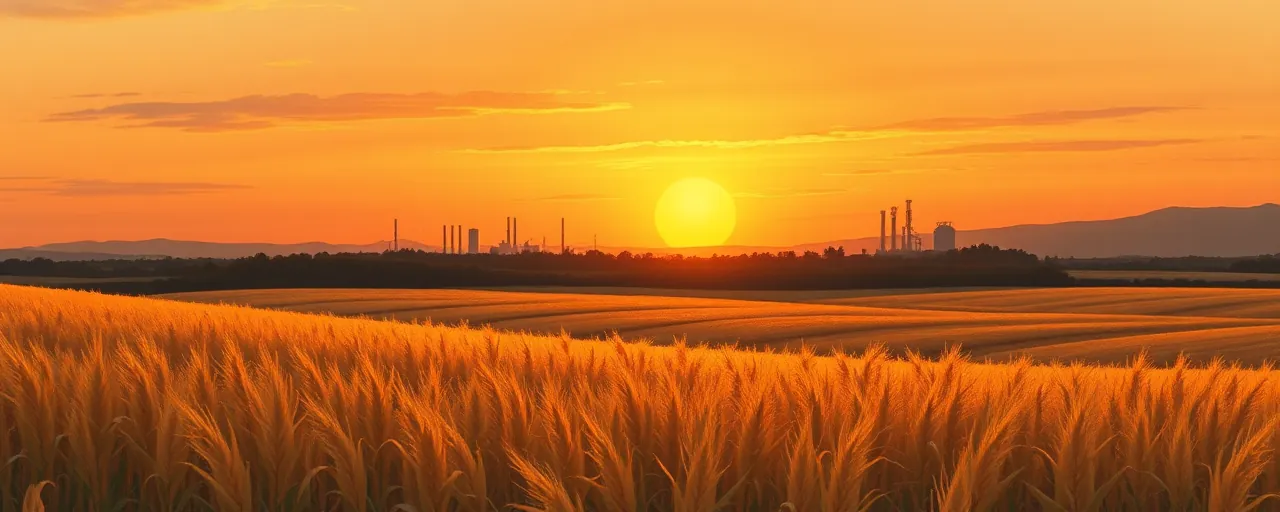A New Push for Homegrown Energy
The U.S. Department of Agriculture has unleashed a wave of funding aimed at transforming how Americans fill their tanks. On March 31, 2025, Secretary Brooke Rollins stood in Atlantic, Iowa, a hub of ethanol and biodiesel production, to announce $537 million for 543 projects across 29 states. This cash injection, tied to the Higher Blends Infrastructure Incentive Program (HBIIP), targets fueling stations and storage facilities, making biofuels like E15 and E85 more accessible nationwide. It’s a move pitched as a lifeline for rural communities and a step toward energy independence.
Iowa, with its 42 ethanol plants pumping out over 4.7 billion gallons annually, isn’t just a backdrop for the announcement, it’s a key player. The state’s corn and soy farmers stand to gain as demand for biofuel feedstocks rises. Rollins framed the initiative as a direct response to the needs of rural America, tying it to a broader vision of energy security championed by President Donald Trump. The timing aligns with an executive order signed on January 20, 2025, signaling a renewed focus on domestic energy production.
Roots and Reach of Biofuel Support
The HBIIP isn’t new, it took root during Trump’s first term under USDA Rural Development. Its goal? Equip gas stations with the pumps and tanks needed to offer higher biofuel blends. Today’s funding builds on that foundation, targeting a mix of new projects and ongoing efforts. Supporters argue it’s a practical boost for farmers, creating markets for crops like corn and soybeans while cutting reliance on foreign oil. In 2025 alone, the program’s $537 million joins $180 million from the Rural Energy for America Program, amplifying clean energy efforts in rural areas.
Yet the biofuels landscape isn’t without hurdles. Trade tensions and shifting policies have rattled producers. Tariffs on imported feedstocks, like vegetable oils, have spiked costs, prompting some Canadian firms to pause renewable diesel projects. In the U.S., the Renewable Fuel Standard sets ambitious targets, climbing to 22.33 billion gallons by year’s end, but inconsistent rules have left some companies hesitant to invest. The USDA’s push comes amid these crosswinds, aiming to steady the ship for rural economies.
Voices in the Debate
The biofuels surge stirs a lively mix of opinions. Farmers and industry leaders in states like Iowa cheer the investment, seeing it as a lifeline for jobs and crop prices. Expanding ethanol blends to 15% nationwide could demand an extra 2 billion bushels of corn yearly, a boon for growers. Small business owners running fueling stations also stand to benefit, with grants easing the cost of new infrastructure. Advocates for energy diversification highlight biofuels as a shield against trade disruptions and a bridge to cleaner fuels.
Not everyone’s sold. Environmental groups question the sustainability of scaling up corn-based ethanol, pointing to land-use changes that threaten biodiversity. Others, including some energy analysts, argue the focus on biofuels sidesteps broader climate goals, especially as the administration rolls back regulations on coal and fossil fuels. State-level leaders, like those in Minnesota pushing for carbon-free energy by 2040, see federal priorities clashing with their own. The tension reflects a deeper divide over how to balance economic growth with environmental impact.
Looking Back, Moving Forward
Biofuels have a deep history in U.S. energy policy. The Renewable Fuel Standard, born in 2005 and expanded in 2007, set the stage with blending mandates aimed at cutting emissions. By 2022, the target was 36 billion gallons, a mark that spurred growth but also jacked up commodity prices. Globally, Brazil’s ethanol subsidies and the EU’s sustainability rules have shaped trade and production for decades. In the U.S., rural areas reaped jobs and revenue, though smaller farms often missed out on the biggest gains.
Today’s efforts build on that legacy while navigating fresh challenges. The USDA’s collaboration with the Environmental Protection Agency to tweak Renewable Volume Obligations and explore year-round E15 sales signals adaptability. Still, the biofuels boom hinges on stable policies and global demand. With the EU’s aviation fuel mandates ramping up to 70% by 2050, American producers eye export potential, but trade uncertainties linger. The path ahead demands a delicate dance between ambition and pragmatism.
What It All Means
The USDA’s $537 million bet on biofuels is more than a dollar figure, it’s a snapshot of priorities. For rural America, it promises jobs, stronger markets, and a shot at resilience against volatile energy swings. For the nation, it’s a piece of the energy security puzzle, diversifying fuel options at a time of global flux. The ripple effects touch farmers filling silos, station owners upgrading pumps, and drivers eyeing cheaper, homegrown alternatives at the pump.
Questions linger about the long game. Can biofuels deliver economic wins without environmental trade-offs? Will policy shifts keep pace with industry needs? As the U.S. charts its energy future, this investment marks a tangible step, one that invites both optimism and scrutiny. Rural communities, at the heart of the push, will feel the outcome most keenly, their livelihoods tied to the fuel flowing through America’s veins.
